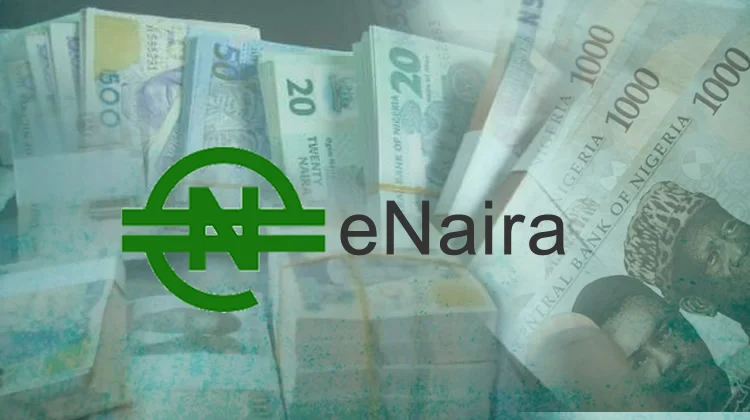Types Of Money In Economics

The Four Different Types of Money In Economics
Money can be described as a generally accepted medium of exchange for goods and services.
Virtually anything can be considered money, as long as it performs the three major functions of money (i.e. medium of exchange, store of value, unit of account).
With this in mind, it is not surprising that there were different types of money throughout history.
To give you a brief overview, we are
going to take a look at the four most relevant ones below:
commodity money,
fiat money,
fiduciary money,
and
commercial bank money.
1. Commodity Money
Commodity money is the simplest and most likely also the oldest type of money.
It builds on scarce natural resources
that act as a medium of exchange, store of value, and unit
of account.
Commodity money is closely related to (and originates from) a barter system, where goods and services are directly exchanged for other goods and services.
Commodity money facilitates this process, because it acts as a generally accepted medium of exchange.
The important thing to note about commodity money is that its value is defined by the intrinsic value of the commodity itself.
In other words, the commodity itself
becomes the money. Examples of commodity money include gold coins, beads, shells, spices, etc.
2. Fiat Money
Fiat money gets its value from a government order (i.e.fiat).
That means, the government declares fiat money to be legal tender, which requires all people and firms within
the country to accept it as a means of payment.
If they fail to do so, they may be fined or even put in prison. Unlike
commodity money, fiat money is not backed by any physical commodity.
By definition, its intrinsic value is
significantly lower than its face value.
Hence, the value of fiat money is derived from the relationship between supply
and demand.
In fact, most modern economies are based on a fiat money system. Examples of fiat money include coins and bills.
3. Fiduciary Money
Fiduciary money depends for its value on the confidence that it will be generally accepted as a medium of exchange.
Unlike fiat money, it is not declared legal tender by the government, which means people are not required by law to accept it as a means of payment.
Instead, the issuer of fiduciary money promises to exchange it back for a commodity or fiat money if requested by the bearer.
As long as people are confident that this promise will not be broken, they can use fiduciary money just like regular fiat or commodity money.
Examples of fiduciary money include cheques, bank notes, or drafts.
4. Commercial Bank Money
Commercial bank money can be described as claims against financial institutions that can be used to purchase goods or services.
It represents the portion of a currency that is made of debt generated by commercial banks.
More specifically, commercial bank money is created through what we call fractional reserve banking.
Fractional reserve banking describes a process where commercial banks give
out loans worth more than the value of the actual currency they hold.
At this point just note that in essence,commercial bank money is debt generated by commercial banks that can be exchanged for “real” money or to buy goods and services.
In a Nutshell
The four most relevant types of money in economics are:
commodity money,
fiat money,
fiduciary money,
and
commercial bank money.
Commodity money relies on intrinsically valuable commodities that act as a medium of exchange.
Fiat money on the other hand gets its value from a government order.
Meanwhile fiduciary money depends for its value on the confidence that it will be generally accepted as a medium of exchange.
And commercial bank money can be described as claims against financial institutions that can be used to purchase goods or services.

